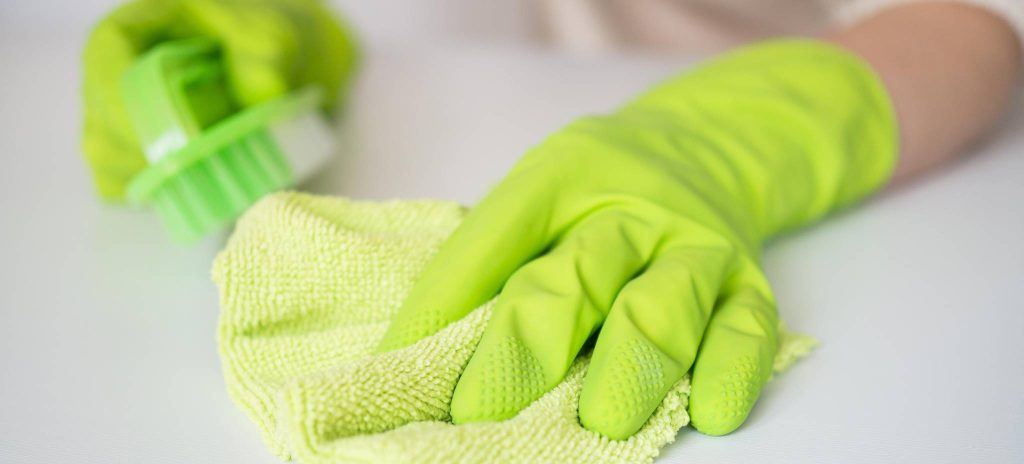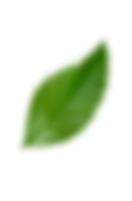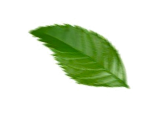Free Shipping Over £75 Orders
- 100% RECYCLEABLE PACKAGING HERBAL AND ORGANIC INGREDIENTS
Free Shipping Over £75 Orders
- 100% RECYCLEABLE PACKAGING HERBAL AND ORGANIC INGREDIENTS

Keeping your microfiber cloths clean is crucial to making sure they work well and last a long time. These cloths are great for cleaning because they’re really good at soaking up water and picking up dirt and dust. But if you don’t clean them regularly, they can get filled up with dirt and stop working as well. By cleaning your microfiber cloths often, you can get rid of the dirt they’ve picked up and keep them working like new for a long time.
Microfiber cloths derive their name from the small fibres they’re composed of. These fibres are incredibly fine, measuring about one-third the diameter of a cotton fibre. This unique structure enables microfiber cloths to perform the best at their primary task: picking up dirt, dust, and even bacteria. Because of their dense composition, these cloths are also highly absorbent, making them versatile tools for a variety of cleaning tasks.
The durability and effectiveness of microfiber cloths make them a sustainable alternative to disposable cleaning tools like paper towels. Unlike single-use options, premium microfiber cloths can be reused numerous times, reducing waste and saving money in the long run. Additionally, their ability to effectively capture and retain dirt and debris means that fewer cleaning products are needed, further minimizing environmental impact.
Cleaning your microfiber cloths properly is essential for maintaining their effectiveness and prolonging their lifespan. To get the best of their use, wash your microfiber cloths after every use, especially if they’re wet or heavily soiled. For lighter cleaning tasks, washing them at least after every third use is recommended. Remember to always check the care tag to see if handwashing is necessary, as some microfiber towels may require this extra care.
After cleaning, neatly fold, stack, and store your microfiber cloths separately in a drawer or sealed container to protect them from dust and other environmental factors. If you notice any loose threads, trim them off carefully to prevent further damage. However, be aware that once the cloth becomes too worn, it will need to be replaced.
When washing your microfiber cloths, avoid adding detergent or soap, as these can clog the spaces between the fibres and reduce their effectiveness. Similarly, avoid using anti-cling dryer sheets, as they can counteract the cloths’ natural ability to attract dust with static electricity.
Never use bleach or fabric softener on your microfiber cloths, as bleach can damage the fibres and fabric softener can render them useless for cleaning by clogging the spaces between fibres. Additionally, refrain from continuing to use a dirty microfiber cloth, as dirt and particles can scratch and damage surfaces.
When washing microfiber cloths, it’s a good idea to wash them with dark-coloured fabrics for the first wash to prevent any potential colour bleeding. This also helps avoid transferring dirt from the cloths onto light or white clothing.
For more effective washing, clean any large debris from the cloths before putting them in the washing machine. To wash microfiber cloths efficiently, use an eco-friendly laundry liquid in any washing machine, with a maximum temperature of 60 degrees Celsius. Avoid using fabric softener or bleach, as they can leave harmful chemicals on the cloth. Since synthetic materials like microfiber can release fibres during washing, it’s recommended to use a fibre filter or washbag to catch these fibres in the machine. After washing, microfiber cloths can be air-dried or placed in the dryer.
Also, using hypoallergenic cleaning products is also a great way to ensure the cleanliness and safety of your microfiber cloths. These products are gentle on the environment and less likely to cause allergic reactions, making them ideal for use with microfiber cloths, since you can use them for all cleaning purposes.
When handwashing microfiber cloths, it’s important to follow proper techniques to ensure they remain effective and in good condition. When handwashing microfiber cloths, use natural dishwashing products for your health and the longevity of your microfibre cloth.
Start by warming up water (waiting until it warms up wastes water) and set it aside. Get your preferred natural dishwashing products, or laundry liquid, since this is one of the uses for it. You can read more about surprising uses of washing up liquid on our post about it.
Dip your microfibre cloth in water and make sure it’s completely wet and rub some product on it and gently but thoroughly scrub. Once you’re sure they’re clean, rinse them thoroughly and leave them to air-dry.
If your cloths feel stiff and less absorbent due to trapped soil and detergent residue, there’s a simple solution. Try soaking them in a mixture of two quarts of water and one cup of distilled white vinegar. Keep the cloths in this solution overnight, then rinse them well and hang them to air dry. This process helps to remove any buildup and restore the cloths’ absorbency.
When washing microfiber cloths, don’t wash them with fabrics that shed lint. If lint does get stuck on the microfiber, use a lint roller or sticky tape to gently remove it.
Last but the most important tip, avoid drying microfiber cloths on high heat, as this can damage the fabric and reduce its effectiveness. Instead, opt for air drying or use a low heat setting in the dryer to preserve the quality of the cloths.
Stay Informed About Us!



Main Menu
Cookies
We use cookies to personalise content and ads, to provide social media features and to analyse our traffic. We also share information about your use of our site with our social media, advertising and analytics partners who may combine it with other information that you’ve provided to them or that they’ve collected from your use of their services.